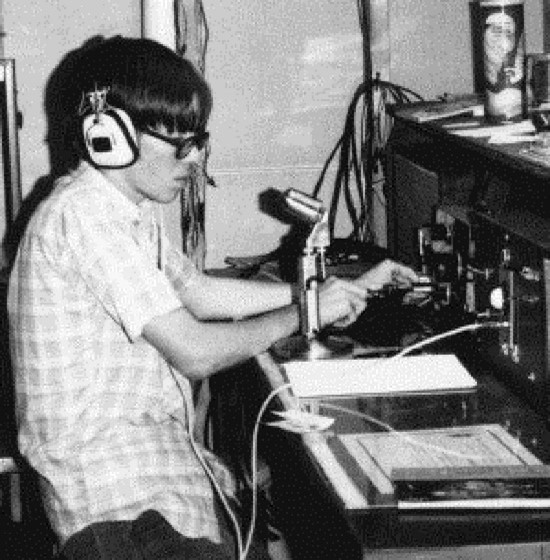What got you started in ham radio? What keeps you in ham radio? How did you get your license and what was your first station like? Quite a trip back through the archives! While the technology has changed drastically over the decades, there are some common elements that persist.
NØAX–The Beginnings
I got my license in early 1972, having passed my Novice that previous December, but my interest began six years before that. Ham radio was something I hadn’t even heard about when I spotted the May 1966 QST on the library shelves of the St. Louis County Library’s Daniel Boone Branch in Ellisville, Missouri. You know how movie characters open a book and the light streams forth to a loud orchestral crescendo? Well, that was pretty much how it happened. From that point, my interests started to swing from chemistry to electronics. After all, there was no QST for chemists!
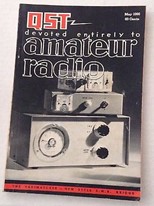
Soon, I had read most of what the library had on ham radio, including the venerated ARRL License Manual. Today, I edit that manual, which has grown from a thick pamphlet for all four license classes at the time (Novice, General, Advanced, and Extra) to three relatively giant books. Little did I know what the future held. But I didn’t know Morse code and I had no idea how to find someone who would help me learn the material and take the test — there were no hams in my family. And that’s where my interest languished while I could only imagine being a ham.
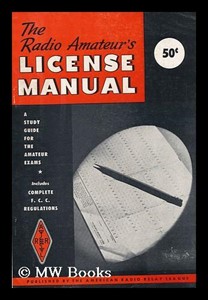
Skip forward to 9th grade and a new friend, Bill Ogroski. I discovered Bill was WNØDYV (now KJ7PC), and we had several mutual interests including science and computing. On Thursdays, I took the school bus to Bill’s house and after homework he taught me Morse code. My personal nemesis characters (we all have them) were D, U, G, and W, which had two of one thing (dits or dahs) and one of the other. It was such a struggle that when copying, I would simply write down DUGW then go back and pick the one that fit! In a few months, I was ready. Bill “knew a guy” who would give me the test. Surrounded by Mr. Hart’s Model 19 teleprinters and the intoxicating smell of Teletype oil, I passed the 20-question test and copied a solid 25 characters at 5 wpm.
Licensing took a long time in the “Paper Era,” and it wasn’t until mid-February that an envelope from the Little Print Shop (a QSL printer with access to the FCC database) appeared with WNØGQP on it. A very long week later, the official license appeared and I was on the air! That it was a very awkward call for CW operating didn’t occur to me until later, so I just had at it. Since I didn’t have a “rig” yet, it was back to Bill’s house with his FTdx401 and folded dipole for 40 and 15 meters. In my paper log, I noted that I was “Scared to death!” That soon wore off in the excitement, though. My first QSO was with WB5FXC and I still have his QSL (from the Little Print Shop, of course). It took about six years from library shelf to QSO.
My First Station
It was time for me to put up my own station. In the heyday of Heath, many Novices found the HW-16’s $125 price tag to be just right. Mom loaned me the money and instead of tearing apart TV sets for parts in my basement room-cum-laboratory, I was following the instructions and soldering components very, very carefully. I can still smell that “new Heathkit smell” that comes to mind when I think of those days. The HW-16 didn’t quite work the first time I turned it on—the tubes lit up but no sound came out of the speaker. A careful inspection showed that the red-and-yellow wire from the transformer hadn’t gotten soldered onto the terminal strip. I fixed that and then found out that a big wire-wound resistor lead had gotten pushed over into a ground bus. ZzzzzPOW! To this day, I’m still a little leery of turning stuff on for the first time. Gerry Novak, WBØDYU (he got his license just before Bill) troubleshot and fixed the radio for me.
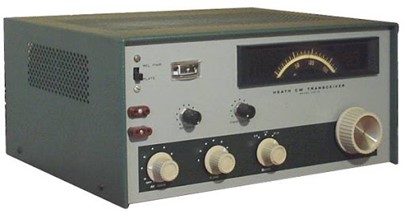
On to the antenna! My folks had put up with the basement lab, but I hadn’t yet asked to drill any holes in the house. The idea of a backyard wire in the trees was a new twist and met with some resistance. Finally, a 40 meter dipole went up at the height of 15 feet between two maple saplings. (A return visit a few years ago showed the attachment scars still visible in the trunks.) RG-58 through a Blitz Bug lightning arrestor in the dryer vent did the rest and my log started to fill up with QSOs from around North America. My first non-U.S. DX was a 40 meter VE3 followed by a PY who hung out in the Novice band on 15 meters. My mom warmed right up to ham radio when she discovered I would get up early to work 40 CW before school.
That station served me well: 75 watts of crystal-controlled RF on 80, 40, and 15 meters could work a lot of stuff! The straight key eventually became a “bug” and then a homemade keyer. I upgraded to Advanced, WBØGQP, and bought a used HG-10B VFO that plugged into the crystal socket. A 15 meter vertical with 5 radials went up on the roof of the garage at the other end of the house. Woo-hoo! Now I could really start chasing DX. One memorable Thanksgiving weekend in the CQ World-Wide DX CW contest, I bagged a lonely FWØDX out in the Pacific who had run out of regular callers on Sunday afternoon. Not that I remember the moment or anything.
What Would I Have Done Differently?
Mistakes? I made a few.
They were the path of my ascension
Stuff got fixed and so I grew
It gave me quite a thrill and then some
(To the
tune of “My Way.”)
Sorry, Frank! I’m not sure I would really have done anything all that differently. You don’t know all that much when starting out. The other guys in my high school radio club—Bill and Gerry, Bill, WAØWBJ, Don Reader now-WØDR, Jay Portnoy, WBØDYT—we all helped each other. If anything, I would have asked more questions, but older, more experienced hams were a little intimidating since I didn’t know them personally.
I guess this would be my advice, not to those just starting out, but to those of us who have been doing this for a while (even just a few years): seek out the new hams and offer to help. Remember what it was like to not even know the questions, much less the answers. Nowadays, there are videos and blogs aplenty, but how do you know which one is correct? Sometimes it takes a few questions to know which is the right question!
What Keeps Me In Ham Radio?
I’ve always been interested in how signals get from here to there, so I like experiencing propagation. That’s what got me into contesting and DXing, to see where my signal could be heard. As I read more about the history of ham radio, that same interest has driven it from the beginning: the challenge of communicating over longer and longer distances on a wider variety of bands. After all, that’s where the “Relay” in “American Radio Relay League” came from! If you want to learn a lot about ham radio’s early days, pick up a copy of 200 Meters and Down by Clinton DeSoto.
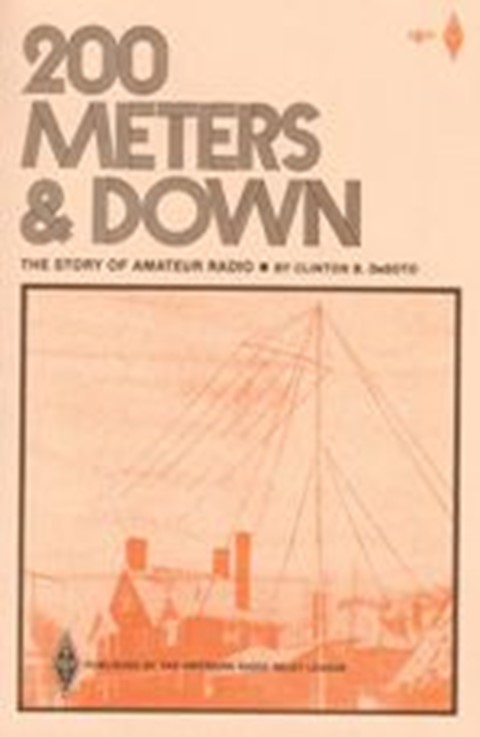
These days, having worked around the world more times than I can count, I’m still fascinated by the effects of solar phenomena, space weather, and just regular old weather. A brief long-path opening on HF or tropospheric conditions that allow a strange voice from far away to pop up on the local repeater are still of interest, and the stranger they are, the better they are.
On the technical side, I’m an antenna guy and always have been. I guess that’s how I eventually became the editor of the ARRL Antenna Book. I don’t claim to be an expert on all of the designs, but I love working with those who do and learn a lot along the way. Building them, putting them up, tuning them, fixing them—that’s all fun for me. Sometimes, I even operate using them!
At the Half-Century Mark
I used to think a quarter century was an impossible goal and here I am about to start my third time around. Ham radio just keeps on surprising me and every time I get a little bit tired of whatever I’m doing, there is always another discovery. That seems to be the key for someone staying with ham radio. Instead of narrowing my interests, I broaden them. Back then, a copy of QST would contain everything happening in ham radio, but today, there are stacks of information and podcasts and videos, all coming out every month in print and online. I’ll never know it all—and that’s just fine with me.
